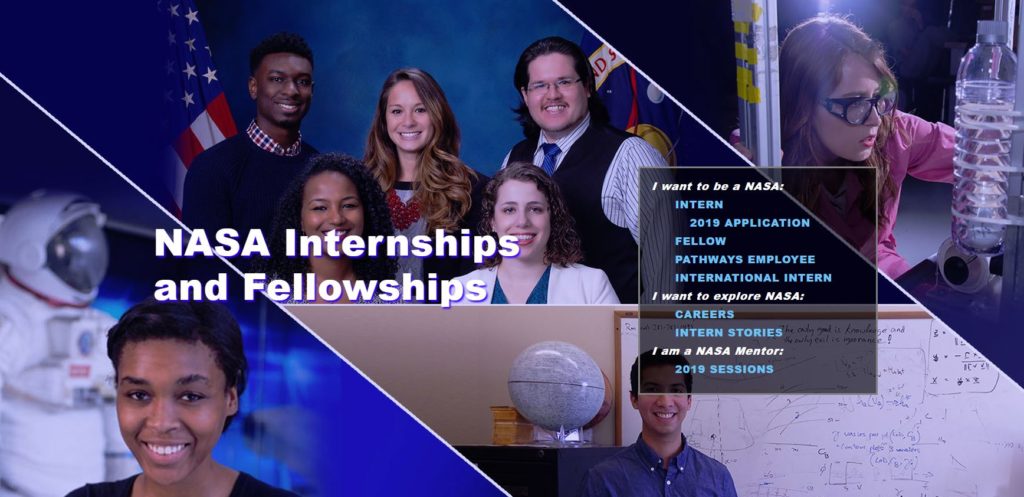
Advanced Rotorcraft Aeromechanics Research
Principal Investigator; William Warmbrodt, Code AV
The Aeromechanics Office is responsible for aeromechanics research activities that directly support the civil competitiveness of the U.S. helicopter industry and the Department of Defense. Branch programs address all aspects of the rotorcraft which directly influence the vehicle’s performance, structural, and dynamic response, external acoustics, vibration, and aeroelastic stability. The programs are both theoretical and experimental in nature. Advanced computational methodology research using computational fluid dynamics and multidisciplinary comprehensive analyses seeks to understand the complete rotorcraft’s operating environment and to develop analytical models to predict rotorcraft aerodynamic, aeroacoustic, and dynamic behavior. Experimental research seeks to obtain accurate data to validate these analyses, investigate phenomena currently beyond predictive capability, and to achieve rapid solutions to flight vehicle problems. Databases from the flight and wind tunnel experimental programs are validated, documented and maintained for the benefit of the U.S. rotorcraft technology base.
Expected opportunity outcome (i.e. research, final report, poster presentation, etc.): At the conclusion of the internship, the intern will prepare a final report and either make a final presentation of participate in a poster day. The results of the research, if appropriate and documented, can be considered for abstract submittal to a national conference in the appropriate subject area for publication.
Student’s Computer and/or Special Skills: Broad background in science and math classes typical of an upper division undergraduate in mechanical, aeronautical or aerospace engineering. Knowledge of MatLab, Simulink, ProE/SolidWorks/AutoCad, C++ or other programming/software languages is desired but not mandatory.
Recent and current on-going projects include:
- Assess wind tunnel wall effects of the 80- by 120-Foot Wind Tunnel test section on rotor hover performance data
- Test and analyze the effects of upwind buildings on the aerodynamic test section flow quality of the world’s largest wind tunnel
- Design a multi-rotor test mount for the 7- by 10-Foot Wind Tunnel
- Create 3D Computer Aided Design (CAD) models of various proposed electric Vertical take-off and landing (eVTOL) concepts
- Design a control system for a multi-rotor test stand
- Test different rotor UAV configurations in hover and forward flight
- Investigate propeller blade load harmonics and blade deflections for a range of different rotor props and a multitude of different multi rotor systems
- Provide outreach support for the Mars 2020 Mission of the Mars Helicopter
- Develop and validate CAD models of personal flying devices
- Use Rhino software to create scale models of the Mars 2020 Rover
- Analyze data to characterize a rotor’s hover and forward flight performance in Martian-like test conditions
- Understand fluid effects and mechanical events inherent to the NASA Ames Planetary Aeolian Laboratory (PAL) and Martian Surface Wind Tunnel (MARSWIT)
- Design easy to assemble scale model Mars Helicopter kits
- Compile and format data obtained from 31 research flights of the UH-60A Airloads Program to understand rotorcraft behavior
- Analyze microphone calibration data taken at various pressures in order to account for acoustic microphone response
- Analyze the blade vortex interaction (BVI) noise of a full-scale tilt rotor for use in tilt rotor acoustic validation studies
- Use a Computational Fluid Dynamics tool called RotCFD to simulate flows around various vertical lift aircraft
- Develop RotCFD testing matrix for forward flight configurations of AWT Prop
- Design a UAV wing that rotates 90 degrees, translates on the vertical axis of the vehicle and folds in half
- Design and build a model “space plane” rotary-wing decelerator/autogyro
- Develop skills such as 3D printing, assembly, re-purposing parts, programming, and team building
To apply and learn more about NASA internships, please visit:
